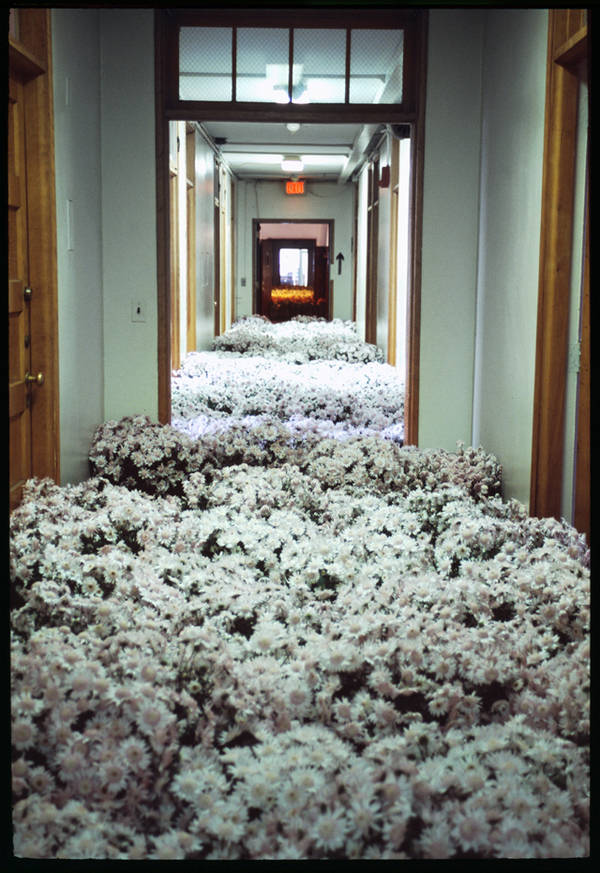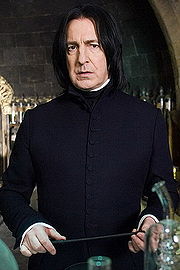Thursday, March 29, 2012
Tuesday, March 20, 2012
Hope Springs Eternal
“I walked through Bloom with a close friend of mine who has spent a great deal of time inside similar hospitals. He was close to tears and repeated said he felt the desire to jump into the flowers, sum bold for the freedom and the celebration of his own growth and healing. We recognized that Bloom brought beauty and wonder to what has always been an inherently taboo subject matter.”
“‘Never worry alone’ was a Dr. Tom Gutheil classic line, but because of the lack of social support, too many patients who came here had to worry alone. Anna saw these corridors as places to be filled with growth. For all the patients who never received flowers, these flowers are for you.”
You can see the original article here, with more beautiful photos.
Thursday, March 8, 2012
Shrines of Hope
FAMILY SHRINES OF HOPE ON THE MEDICAL INTENSIVE CARE UNIT (MICU)
with John Hansen-Fla
ICU Family Shrines of Hope from John Hansen-Flaschen on Vimeo.
After playing the above video for us, Dr Hansen-Fla
Shrine: an assembly of specifically chosen items assembled for devotional or reverential purposes. There are both secular and religious shrines - that determination is best left to the viewer.
Shrines of Hope
These are not a commemoration of something that WAS, but hope for recovery or a peaceful passage to a better place. Shrines in the ICU spring up on their own. Not memorials but visual prayers of hope and redemption.
We experience life in MICU completely and profoundly specter of death brings focus and solemnity. Families come and talk, think about the future, they're not "crying all the time." They are up against the clock. It's a time for reconciliation, healing old wounds, wrapping things up.
ICU = temple and submarine, rooms are chapels, nurses' station is the altar, MD's are high priests (? the speaker wonders) How do we reconcile the images of submarine and temple?
What makes a place sacred? There are secular shrines. MICU is a separate place, it's about the human condition: intensity and profundity. It's not easy to be distracted in the MICU.
"I ask, 'Tell me about him/her' - up to that point all the medical interactions have been about 'rescue.' After this question, Tell me about her, then what comes out is a first draft of an obituary." - Dr.
H-F
From here, the talk became a discussion about what experiences of the MICU and/or shrines the audience members had, and how they reconcile the concepts of submarine and temple in the MICU. The audience was diverse, made up of a lot of Chaplains.
"MICU not always a sacred space, but sacred space is created by the people in it. " - Chaplain
"The blessing of tasks to cope with the intensity." - Chaplain
"Nurses making shrines for patients without families that visit. That reduces "ICU Psychosis." - Chaplain
"Help with passing celebration of person. Power of our attention to the person in the bed at the time of death." - Dr H-F
"MICU affirmation of life, love of family, stories of life, grieving has meaning because of richness of life." Chaplain
"Pieces of home make hospital room feel like home. Hope for life, place of home." - Chaplain
This talk gave me a LOT to think about.
Wednesday, March 7, 2012
Keep your eyes on the prize, hold on
"We have a system of justice in [the US] that treats you much better if you're rich and guilty than if you're poor and innocent. Wealth, not culpability, shapes outcomes.” - Bryan Stevenson
I read that quote above, on BoingBoing and then listened to the whole "TED" talk. It's amazing how the past 24 hours have had so many connections and amazing little pieces that I think I'm going to have to break it all into two blog posts over two days! But, I read the link above today, after I read the Democracy Now piece on Christian Gomez, 27, who died at Corcoran State Prison after apparently participating in a hunger strike intended to highlight the terrible treatment of prisoners in Solitary.
"The use and abuse of solitary confinement in U.S. prisons is one of the most pressing domestic human rights issues in America today—and also one of the most invisible. The routine isolation of prisoners has grown dramatically in the past three decades, outpacing even the growth in the general prison population. Today, at least 25,000 prisoners are being held in long-term solitary in the nation’s “supermax” facilities. According to available data, the total number of prisoners living in solitary confinement in all prisons and jails exceeds 80,000." - Solitary Watch
[I think it's also crazy that a comedian is bringing this to our attention.]
Our prison population has exploded. And if you are an African American or Latino male, you are more likely to be incarcerated than anyone else. Once incarcerated, you may well lose your right to vote (in some states, permanently). And increasingly, you will be given the "choice" of working for a corporation to make things or staff phone banks for pennies an hour, OR go to solitary confinement. I don't think anyone really considers Solitary an option. The inequality of the system, that is so weighted against the poor and those with dark skin is truly terrifying.
Excluding low-scoring students from public schools gets scores up, but it expands the school-to-prison pipeline, which has quadrupled over the past thirty years, along with corrections costs, which now threaten to devour funds that should be spent on education. Most inmates are functionally illiterate and high school dropouts. In a devil’s bargain, the public spends as much as $50,000 a year to incarcerate young men on whom it would not spend $10,000 a year for a decent education. - The Nation
My long-time readers will know that I'll want to bring this discussion back to education, and so here I go. I'm willing to oblige. I recently began re-watching the 2005 BBC version of Bleak House, and if you haven't seen it yet, I recommend it! I see so many parallels between Dickens' time and ours. The rich have rigged the system, and the poor are doing the best they can do make some kind of living out of their lots. All Dickens' characters are flawed but they feel "true to life." The "moral of the story" comes shining through too. We are all just as sick as our secrets - just because we have the power and wealth to make something happen, doesn't mean we should.
Bleak House is one of Charles Dickens' most brilliant novels, arguably the greatest ever depiction of Victorian London -- from its splendid heights to its most wretched depths. Bleak House features some of the most famous plot twists in literary history, including a case of human spontaneous combustion and an infamous inheritance dispute that is tied up for generations in the dysfunctional English courts.I'm taking heart from the fact that we moved away from the "Dickensian" treatment of people, but then, when I realize we have fallen back in the same traps, I lose hope! I suppose what helps me to keep moving forward is to know that I have read and heard the stories of these people in Solitary, that I can try to help get the word out about these people, and "be a witness" to their plight.
An epic feast of characters and storylines, Bleak House is Dickens' passionate indictment of the convoluted legal system that is as searingly relevant today as it was in the mid-19th century. The court of Chancery becomes the center of a tangle of relationships at all levels of society and a metaphor for the decay and corruption at the heart of Victorian England. - PBS.org
Shine a bright light in the dark places. The truth is stranger than fiction, and maybe Knowledge really is Power. I'm full of the cliches today. But I don't know how else to move forward with any kind of hope. "Keep your eyes on the prize, hold on."
Friday, March 2, 2012
Cockadoodle-doo!!!
PISCES (Feb. 19-March 20):
You should be like a rooster, Pisces: dispensing wake-up calls on a regular basis. You should be nudging people to shed their torpor and shake themselves out of their stupor. What's your personal version of "Cockadoodle-doo!"? It shouldn't be something generic like "Open your eyes!" or "Stop making excuses!" Come up with attention-grabbing exclamations or signature phrases that no intelligent person can possibly ignore or feel defensive about. For example: "Let's leap into the vortex and scramble our trances!"?
I still Love Rob Brezsny after all these years. I'll leave you with the video for 'Feel It All Around' by Washed Out. Portlandia fans will recognize it. Happy Day, all.
Seize the Moment!












